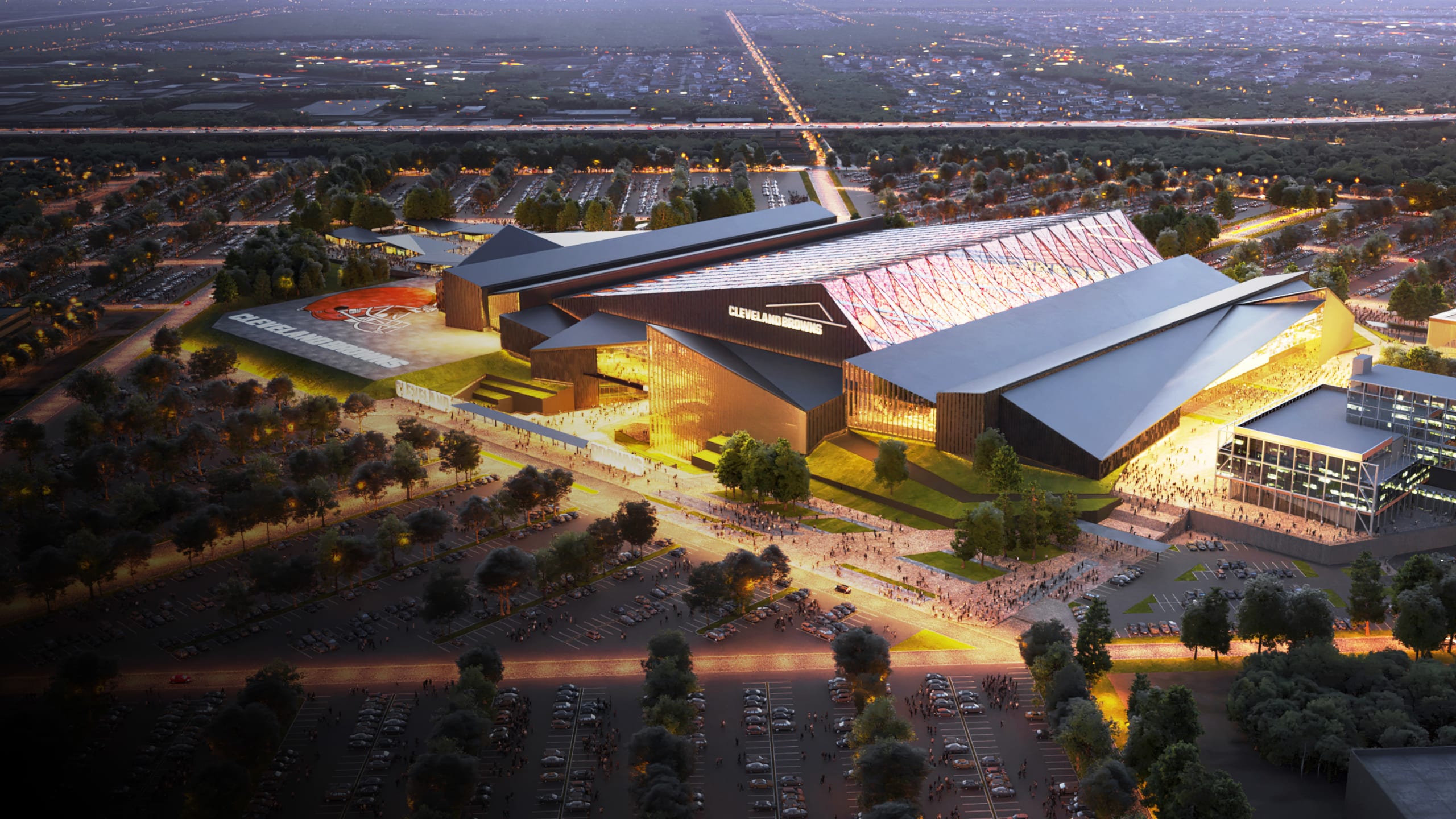Risky Business: Ohio's Taxpayer-Funded Browns Stadium Plan Raises Red Flags

Ohio's budget officials have raised significant concerns about the potential financial strain this ambitious project could impose on the state's taxpayers. The proposed initiative threatens to create a substantial economic burden that could impact the financial well-being of Ohio residents. Budget experts are carefully evaluating the long-term fiscal implications, warning that the project's costs could place an unprecedented financial challenge on the state's already stretched resources.
The mounting apprehension centers on the potential economic impact, with budget analysts meticulously examining how the project might translate into increased tax obligations for everyday Ohioans. Their primary concern is protecting taxpayers from what they perceive as an potentially unsustainable financial commitment that could strain state and local budgets for years to come.
